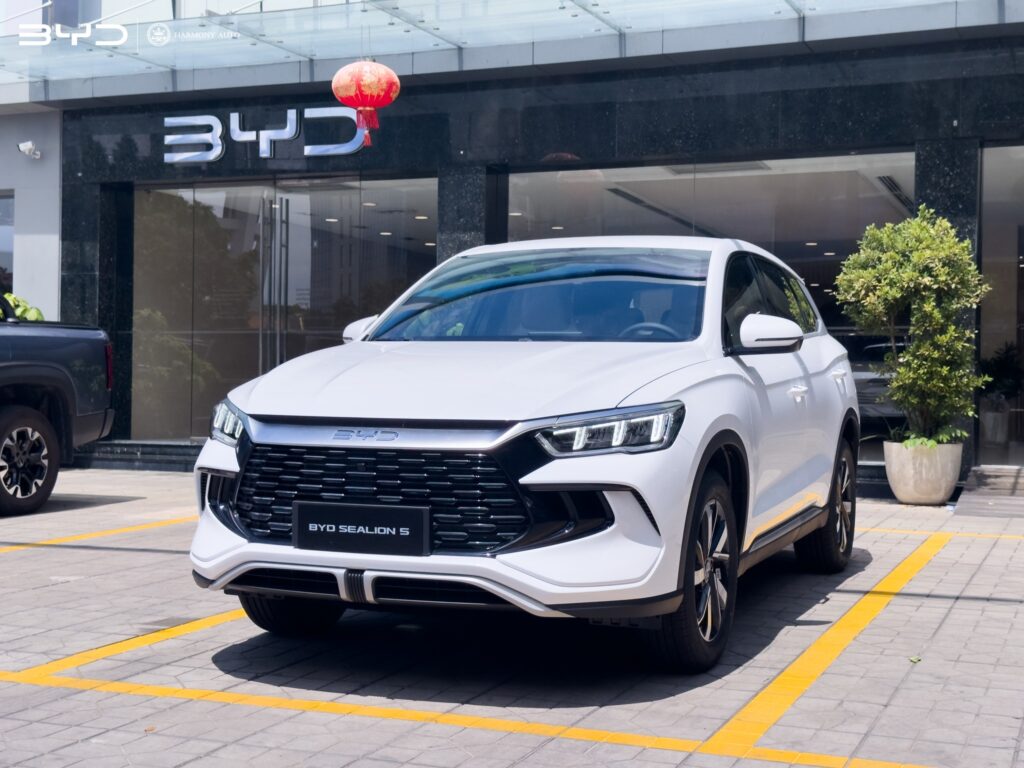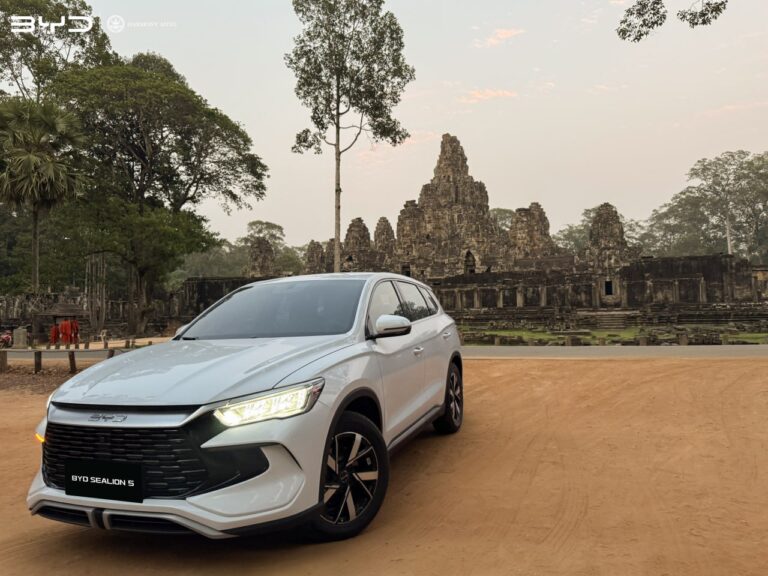Can You Import an Electric Car to Cambodia? A Step-by-Step Guide

As Cambodia embraces the shift towards green energy and sustainability, the demand for electric vehicles (EVs) is rising. With government incentives and increased awareness of environmental benefits, many individuals and businesses are considering importing EVs. However, navigating the legal and logistical aspects of EV importation can be challenging.
This guide provides a step-by-step breakdown of everything you need to know about importing an electric car to Cambodia, including regulations, required documentation, shipping procedures, and potential costs.
- 1. Understanding Cambodia’s Import Regulations for EVs
- 2. Government Incentives for Importing EVs
- 3. Required Documents for EV Importation
- 4. Registering for Importation in Cambodia
- 5. Shipping & Customs Clearance Process
- 6. Registering & Insuring Your Imported EV
- 7. Staying Updated on Policy Changes
- Conclusion
1. Understanding Cambodia’s Import Regulations for EVs
Before importing an electric vehicle, it is crucial to understand Cambodia’s laws and regulations regarding vehicle importation.
Vehicle Compliance Requirements
- Only left-hand drive vehicles are permitted in Cambodia. Right-hand drive vehicles are banned.
- EVs must meet Cambodia’s emission and safety standards, typically requiring compliance with at least Euro II standards.
- The car must have a valid Vehicle Identification Number (VIN) and meet manufacturer compliance standards.
Ownership Restrictions
- Both individuals and businesses can import EVs, but commercial importers must comply with additional licensing requirements.
- Businesses looking to import multiple vehicles must register with the Ministry of Commerce and obtain relevant approvals.
2. Government Incentives for Importing EVs
To encourage EV adoption, the Cambodian government has introduced various incentives:
Reduced Import Duties
- Import duties on electric vehicles are significantly lower than those on gasoline or diesel vehicles.
- Some high-end EV models may still attract higher tax rates depending on their category.
Tax Benefits
- Investors in EV infrastructure, such as charging stations, can qualify for corporate tax reductions.
- EV owners enjoy lower road tax and registration fees compared to internal combustion engine (ICE) vehicles.
Supportive Policies
- The Cambodian National Policy on Electric Vehicles (2024–2030) aims to boost the number of EVs on the road by expanding charging infrastructure and offering subsidies.
- Green energy initiatives may include future tax exemptions for EV buyers.

3. Required Documents for EV Importation
Importing an EV requires several documents to ensure legal compliance:
- Vehicle Invoice—Proof of purchase from the dealer or manufacturer.
- Bill of Lading—Shipping document proving the vehicle’s transportation.
- Certificate of Origin—Verifies the country where the car was manufactured.
- Proof of Payment – Bank statements or receipts showing payment transactions.
- Customs Declaration Forms—Required for customs clearance upon arrival.
- Vehicle Inspection Certificate—Some cars may require a compliance check before import approval.
4. Registering for Importation in Cambodia
To legally import an EV into Cambodia, you must complete several registrations:
Business & Tax Registration (For commercial importers)
- Register your company with the Ministry of Commerce.
- Obtain a Taxpayer Identification Number (TIN) for taxation purposes.
Customs Registration
- Register with the General Department of Customs and Excise (GDCE).
- Submit an import application detailing the vehicle’s specifications and origin.
VAT Account Registration
- Businesses involved in frequent importation must set up a VAT account with Cambodia’s tax authorities.
5. Shipping & Customs Clearance Process
Once all registrations are complete, the next step is to ship and clear your vehicle through Cambodian customs.
Choosing a Shipping Method
- RoRo (Roll-on/Roll-off): The most affordable option where vehicles are driven onto the ship.
- Container Shipping: Offers additional protection but comes at a higher cost.
Customs Inspection
- Cambodian customs officials inspect the vehicle to ensure it meets import regulations.
- EVs must be declared correctly, and incorrect documentation may result in delays or penalties.
Paying Import Duties & Taxes
- EV importers must pay applicable import duties, VAT, and registration fees.
- Costs vary depending on vehicle value and classification.
Obtaining Final Clearance
- Once duties are paid and inspections are complete, customs will release the vehicle.
- You will receive an official clearance certificate, allowing the car to be legally driven in Cambodia.
6. Registering & Insuring Your Imported EV
Vehicle Registration
After clearing customs, the EV must be registered with the Cambodian Transport Agency. The process includes:
- Submitting clearance documents.
- Completing a vehicle registration application.
- Paying registration and plate fees.
Obtaining Car Insurance
Cambodian law requires all vehicles to have insurance. EV owners can choose from:
- Third-party insurance: Covers damages to others in an accident.
- Comprehensive insurance: Covers theft, damage, and third-party liabilities.
7. Staying Updated on Policy Changes
EV Regulations May Change
- The Cambodian government frequently updates its policies on import duties and incentives.
- Check for changes on the Ministry of Public Works and Transport (MPWT) website.
Government Initiatives
- Expect future investments in charging infrastructure and green energy incentives.
- Some provinces may roll out localized EV tax exemptions.
Conclusion
Importing an electric car to Cambodia is a rewarding yet complex process that requires careful planning. By following this step-by-step guide, you can navigate the legal requirements, understand the financial implications, and take advantage of government incentives.
As Cambodia continues to support EV adoption, now is a great time to consider making the switch. Stay informed about policy updates and consult local experts to ensure a smooth importation process.
Call to Action
Thinking about importing an EV? Contact local import agencies or visit the Cambodian Transport Agency for the latest requirements. Stay ahead of the curve and contribute to a greener future in Cambodia!



